
If we are allured to imagination, our first question should lie in reality. As Viktor Shklovsky suggested, should habitualization render complex lives of many people going on unconsciously, then such lives are as if they had never been. Art exists not for us to recognize something, but to truly see its essence. With his profound vision for aesthetics, Yasumichi Morita captures through his lens the unresting emotions that lie beneath the serene and dark tones of objects. The wonders of existence laced in the shadows of these spaces are thus revealed through the human experience.
In the depths of Japanese culture lies a perspective that has influenced a vast array of artists; that is, beauty does not exist in the object itself, but in the shadows and contrasts formed between objects. Tanizaki Junichiro describes translucent yokan as an object absorbing sunlight even into its deepest layers— a profound hue rarely found in western patisserie. Upon placing that dark cube into your mouth, one could feel the darkness of the room melt into a sweet sensation on the tongue, adding a mysterious taste to the yokan. This interaction between light and one’s inner spirit later becomes a channel through which the artistry of space is expressed, creating what westerners perceive as “eastern mysticism”— a momentum of life residing in the shadows, sedimented in silence.
What is intriguing, actually, is the modernity of shadows. When Walter Gropius visited Katsura Rikyū in Japan, he saw in ancient Japanese culture elements similar to everything that the Bauhaus pursues. He described the tranquility and delight of the Karesenzui as the work of Hans Arp and Constantin Brancusi. Gropius observed a modular order characterized by a variety of vertical and horizontal arrangements, the use of natural materials, minimal furnishing, and asymmetry. That being the case, it is contended that the modernity of shadows encompasses not only the interplay of light and darkness but also the transitional space where the interior and exterior meet. This mutual permeability is exemplified in the “gray space” embodied by Kurokawa Kisho in the design of the Fukuoka Bank Head Office. If applied in daily life, this permeability shares a thing or two with the inclusivity and sustainability that Ursula von der Leyen advocates as a model for experiencing aesthetics. The modernity of shadows, in essence, could be reckoned as the quality of universality.
Most people recognize Yasumichi Morita for his contributions to architecture and spatial design, considering him a spatial designer who marches into artistic creation. It is noteworthy that prior to the Meiji Ishin, no terms for “architecture (けんちく)” had been coined in Japanese, nor concepts slightly relevant to “architect” or “designer”— but only “artisan” or “artist.” In his interviews, Morita shares that long before embarking on his career as a designer, he has been exploring the interplay of light and shadow through photography. He expresses his artistic vision as a form of sculpting, carefully brewing the subtle sensory and spiritual nuances, meticulously organizing his emotions and drawing inspiration from nature. This sense of aesthetic is rooted in ancient wisdom, yet often overshadowed by the rapid pace of technological advancement. People today are accustomed to receiving loads of visual information at the expense of profound appreciation of beauty.
In his artistic pursuits, Yasumichi Morita intentionally employs intense light and extreme darkness to form a deep sense of stillness, as if he is delving into the soul for a dialogue with humanity. His portrayal of the world unfolds in fleeting yet impactful scenes, where, within an expansive and solemn dimension, he gazes directly into the warmth and void of human nature. The essence of his creations is manifested in sculpting the flow of life, akin to Andrei Tarkovsky's perspective on art: distilling the temporal and societal aspects of humanity while exploring fundamental motifs touching on faith, morality, desire, redemption, regret, and sacrifice.
The Universe of Sensation: Yasumichi Morita
2024.11.07 (Thu.)– 2025.11.02(Sun.)
Artist|Yasumichi Morita
Curator|Yaman Shao
Academic Host|Gong Jow-Jiun
Organizer|ALIEN Art Centre
Curatorial team|ALIEN Art
Collaborator|Glamorous co.,ltd.
Promotional Partner|Kaohsiung Museum of Fine Art, Hong Kong Chatham Maison Archive Centre and Amanda Wei, 55-MOBLER
Special Thanks to|Musée Rodin, Château de Versailles, Ise Jingu, Ise City Tourist Association, ‘Visit ISESHIMA’ Bureau
'Éloge de l’ombre (In Praise of Shadows) | Ise Jingu' © Yasumichi Morita
'Éloge de l’ombre (In Praise of Shadows) | Ise Jingu' © Yasumichi Morita
'Éloge de l’ombre (In Praise of Shadows) | Ise Jingu' © Yasumichi Morita
'Éloge de l’ombre (In Praise of Shadows) | Ise Jingu' © Yasumichi Morita
'Éloge de l’ombre (In Praise of Shadows) | Ise Jingu' © Yasumichi Morita
'In Praise of Shadows | Château de Versailles' © Yasumichi Morita/Château de Versailles
'In Praise of Shadows | Château de Versailles' © Yasumichi Morita/Château de Versailles
'In Praise of Shadows | Château de Versailles' © Yasumichi Morita/Château de Versailles
'Porcelain Nude' © Yasumichi Morita
'Porcelain Nude' © Yasumichi Morita
'Porcelain Nude' © Yasumichi Morita
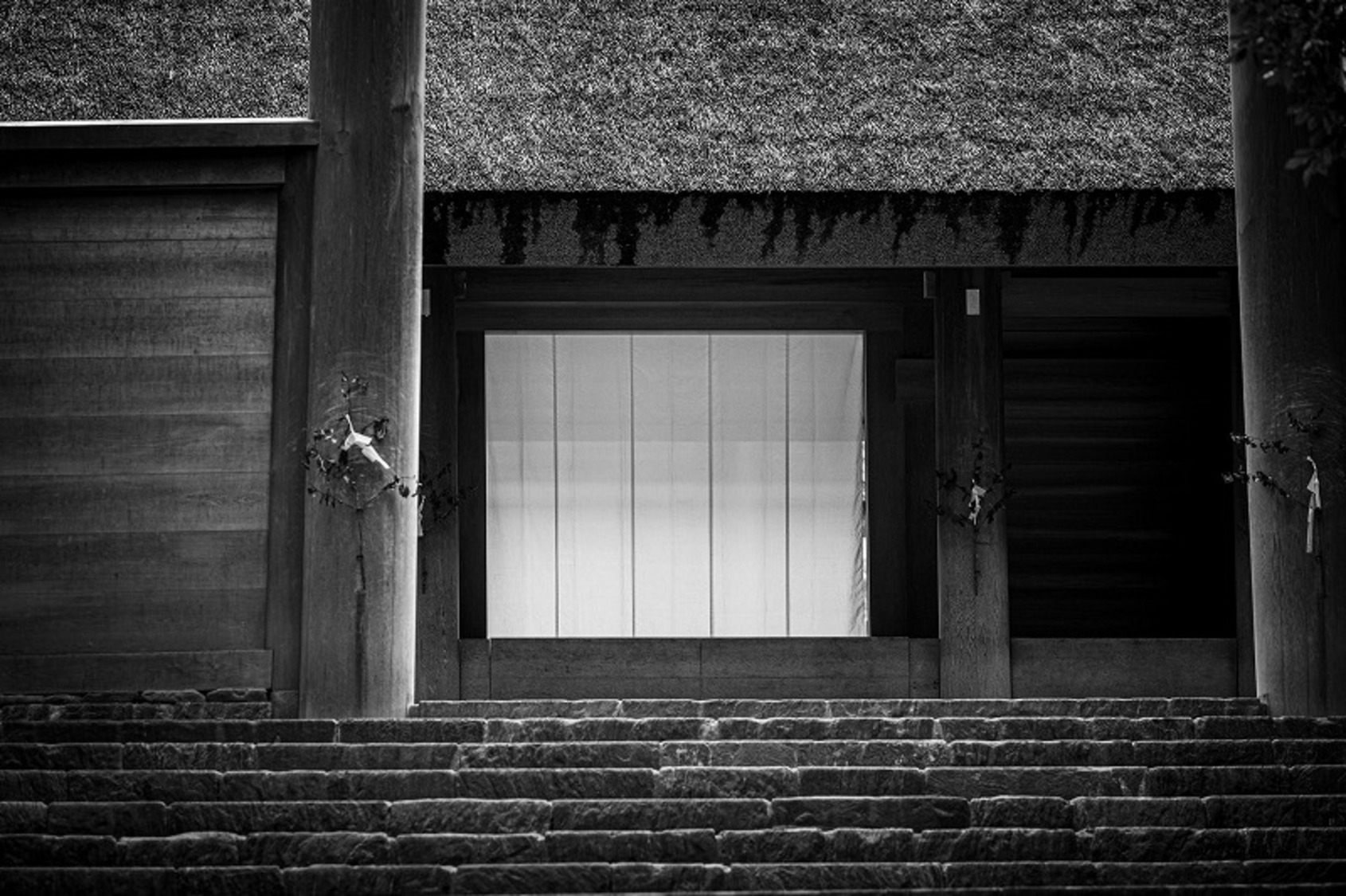
'Éloge de l’ombre (In Praise of Shadows) | Ise Jingu' © Yasumichi Morita
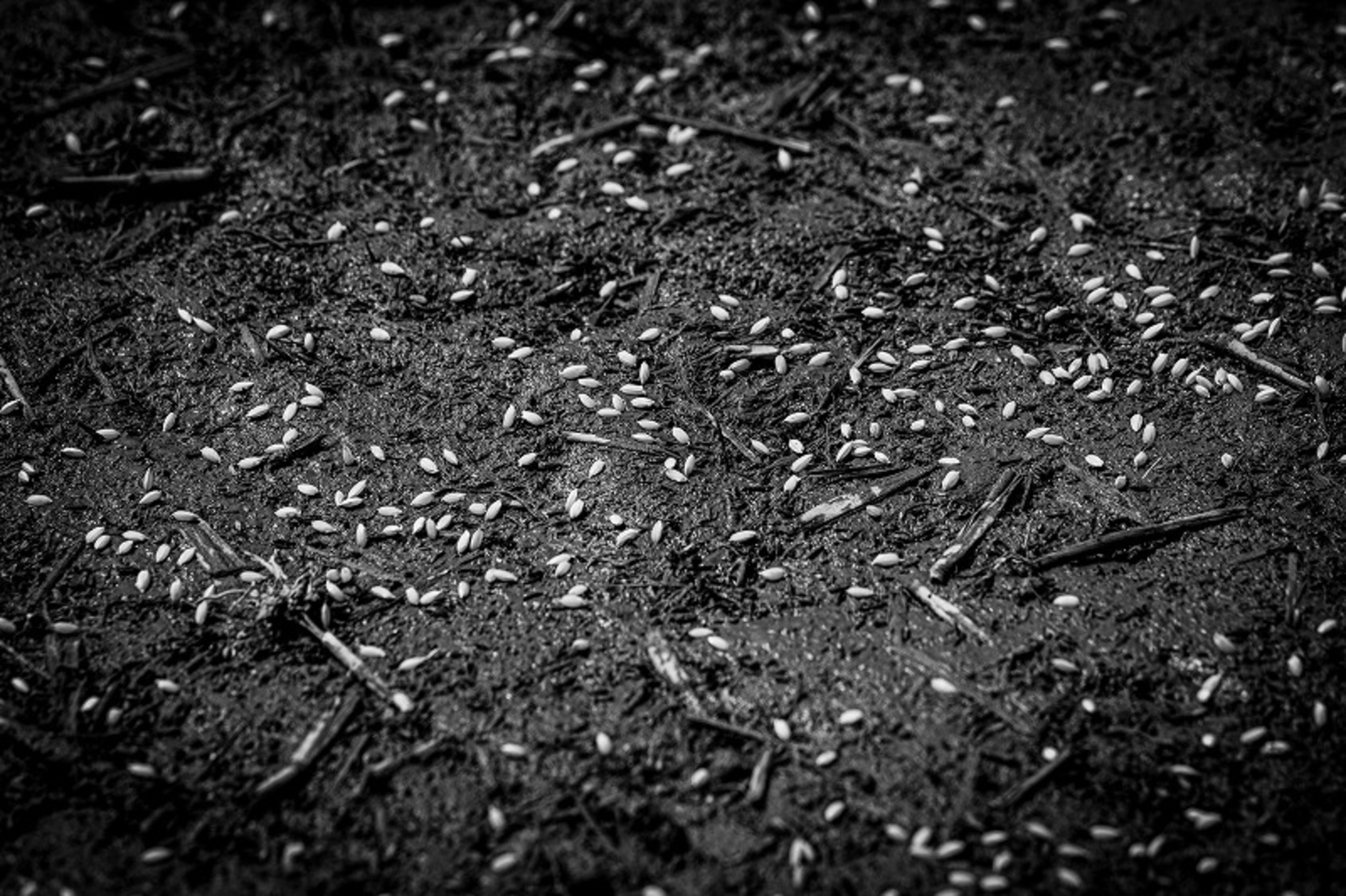
'Éloge de l’ombre (In Praise of Shadows) | Ise Jingu' © Yasumichi Morita
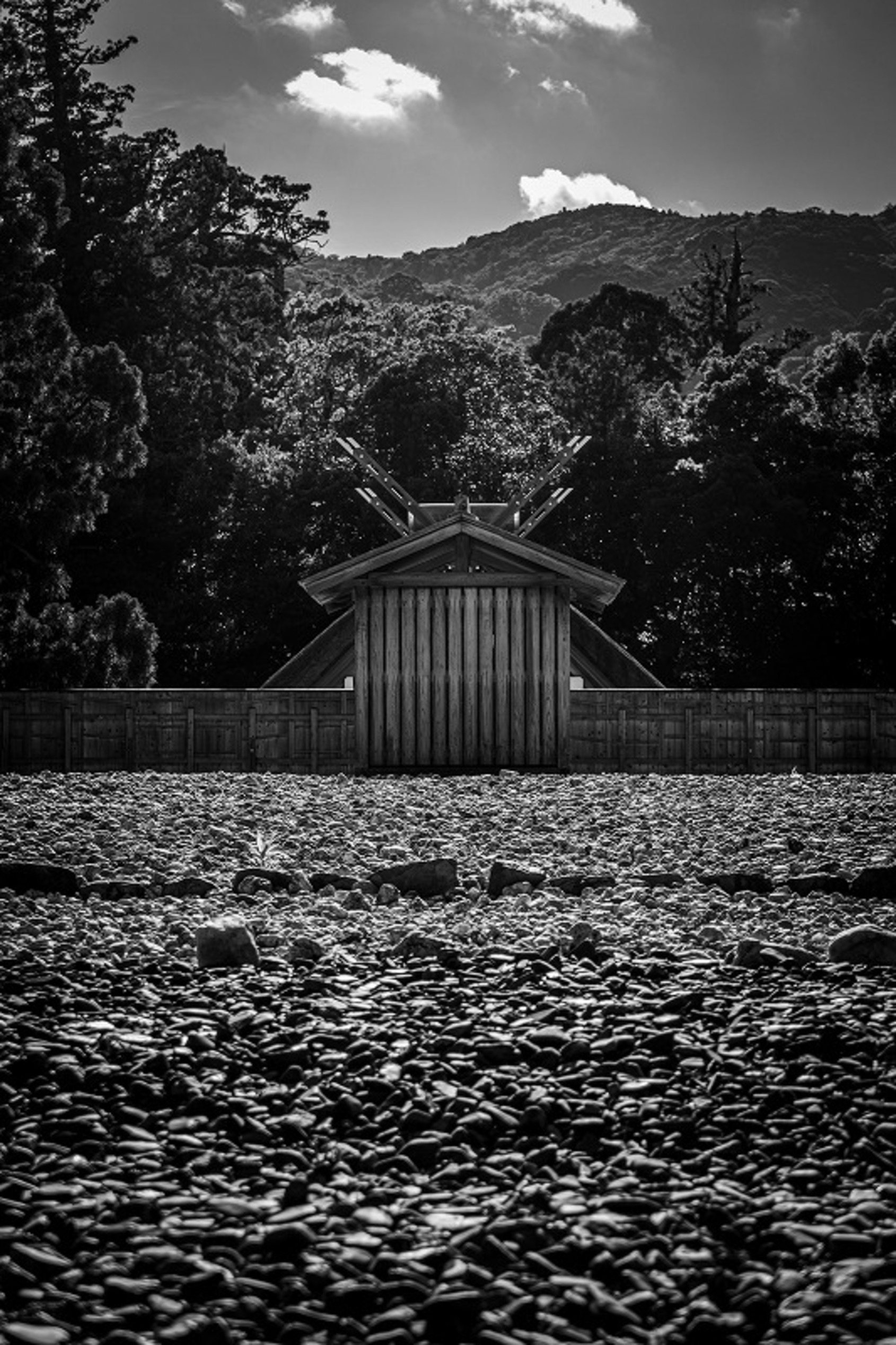
'Éloge de l’ombre (In Praise of Shadows) | Ise Jingu' © Yasumichi Morita
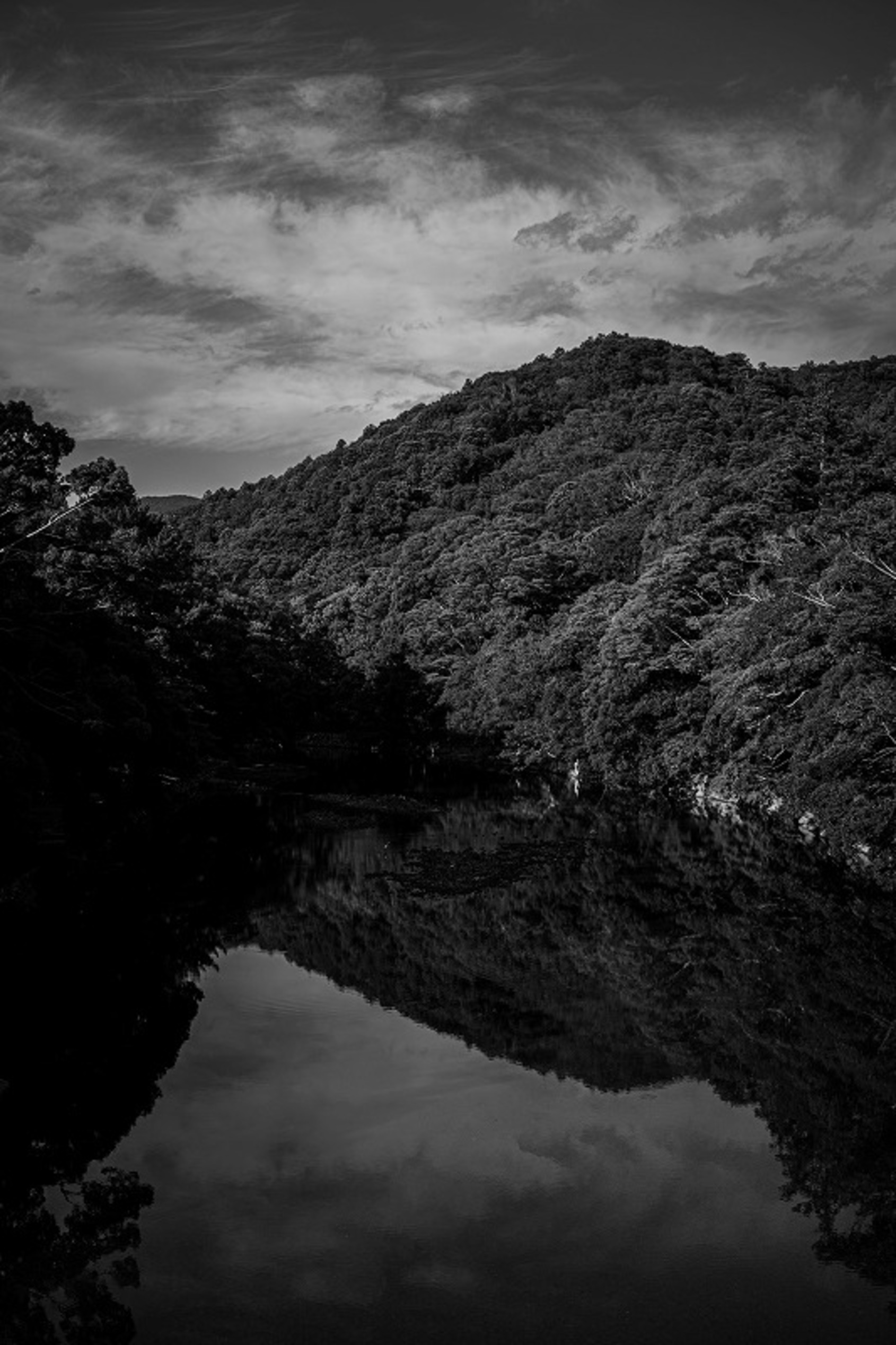
'Éloge de l’ombre (In Praise of Shadows) | Ise Jingu' © Yasumichi Morita
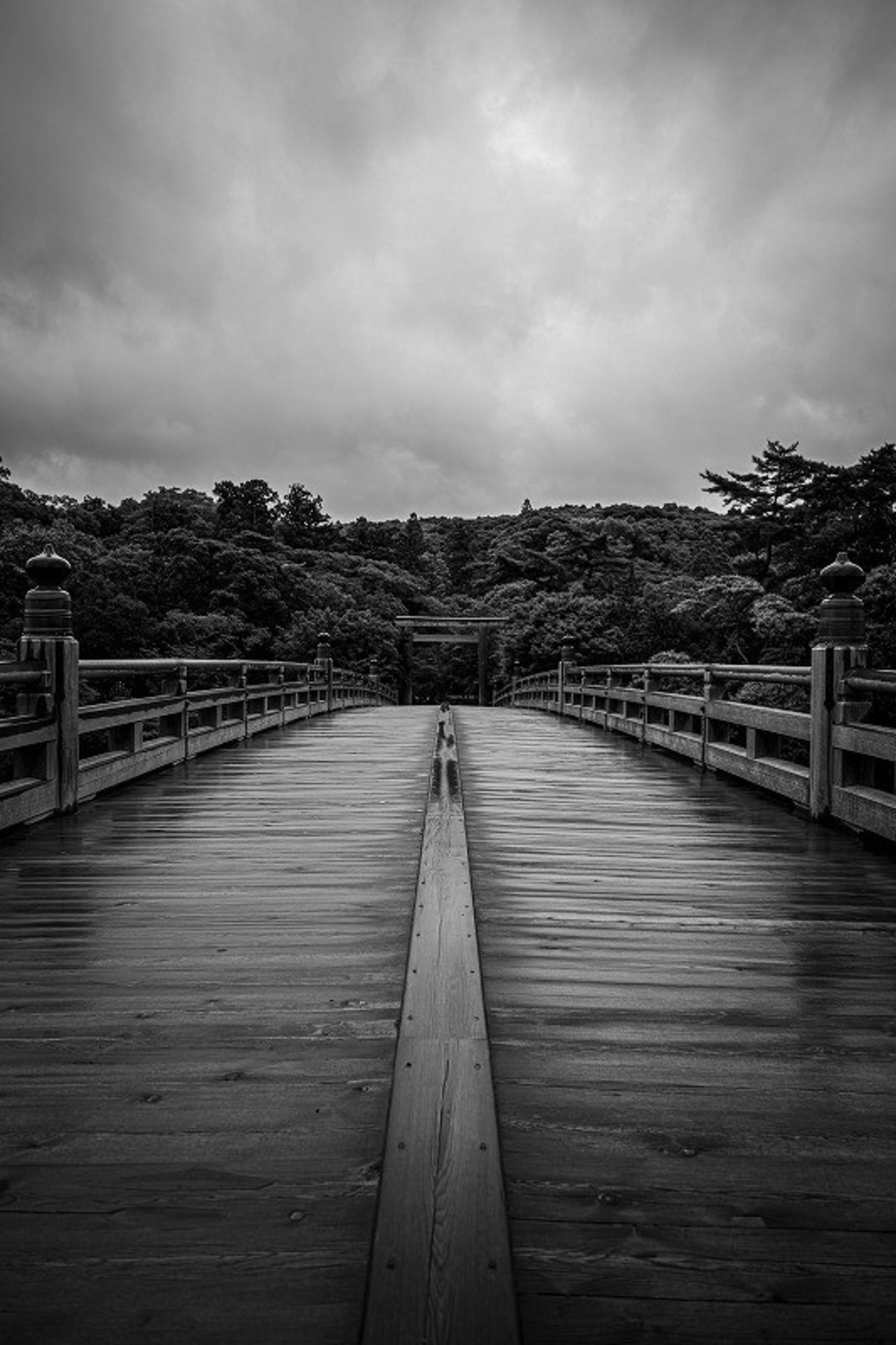
'Éloge de l’ombre (In Praise of Shadows) | Ise Jingu' © Yasumichi Morita
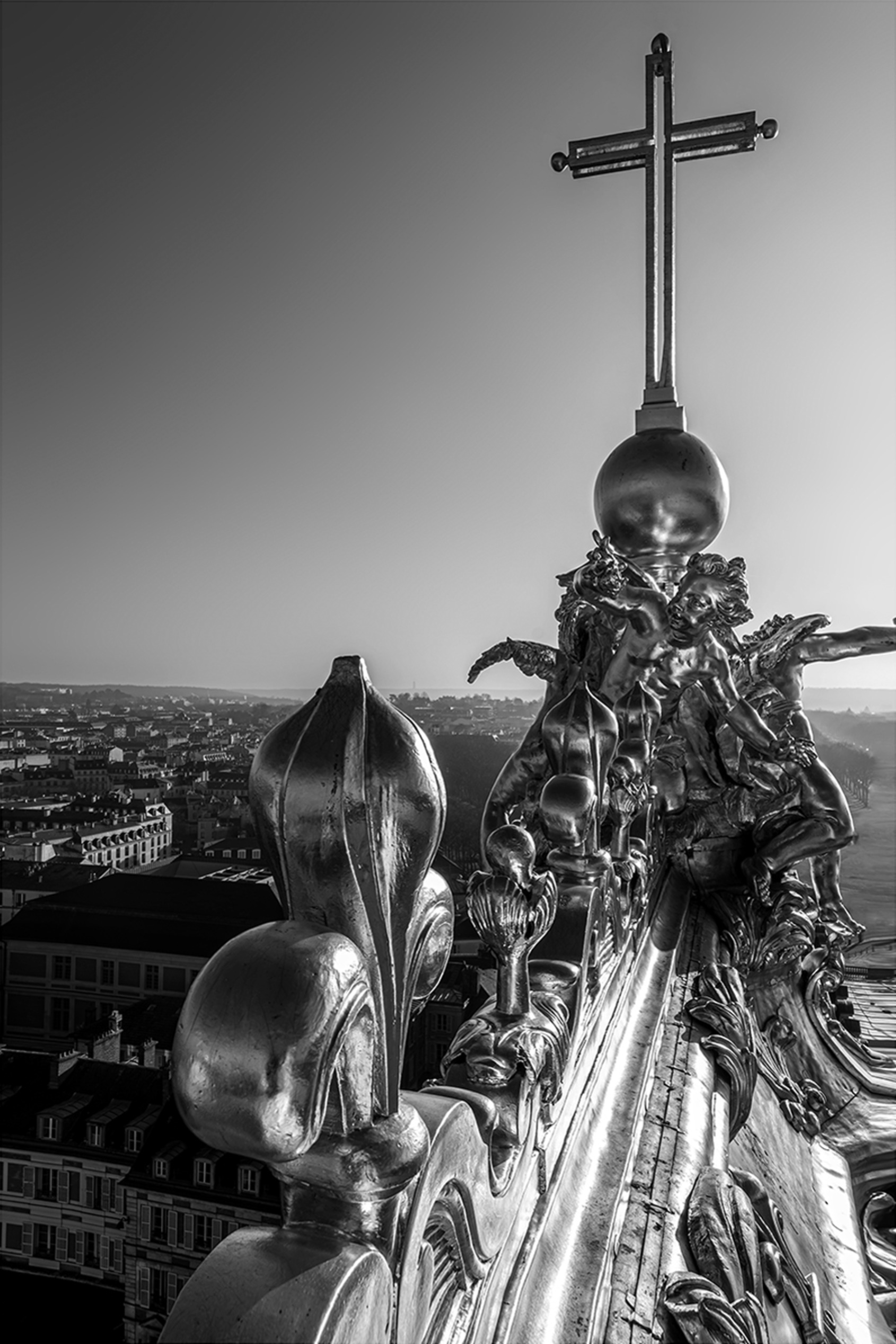
'In Praise of Shadows | Château de Versailles' © Yasumichi Morita/Château de Versailles
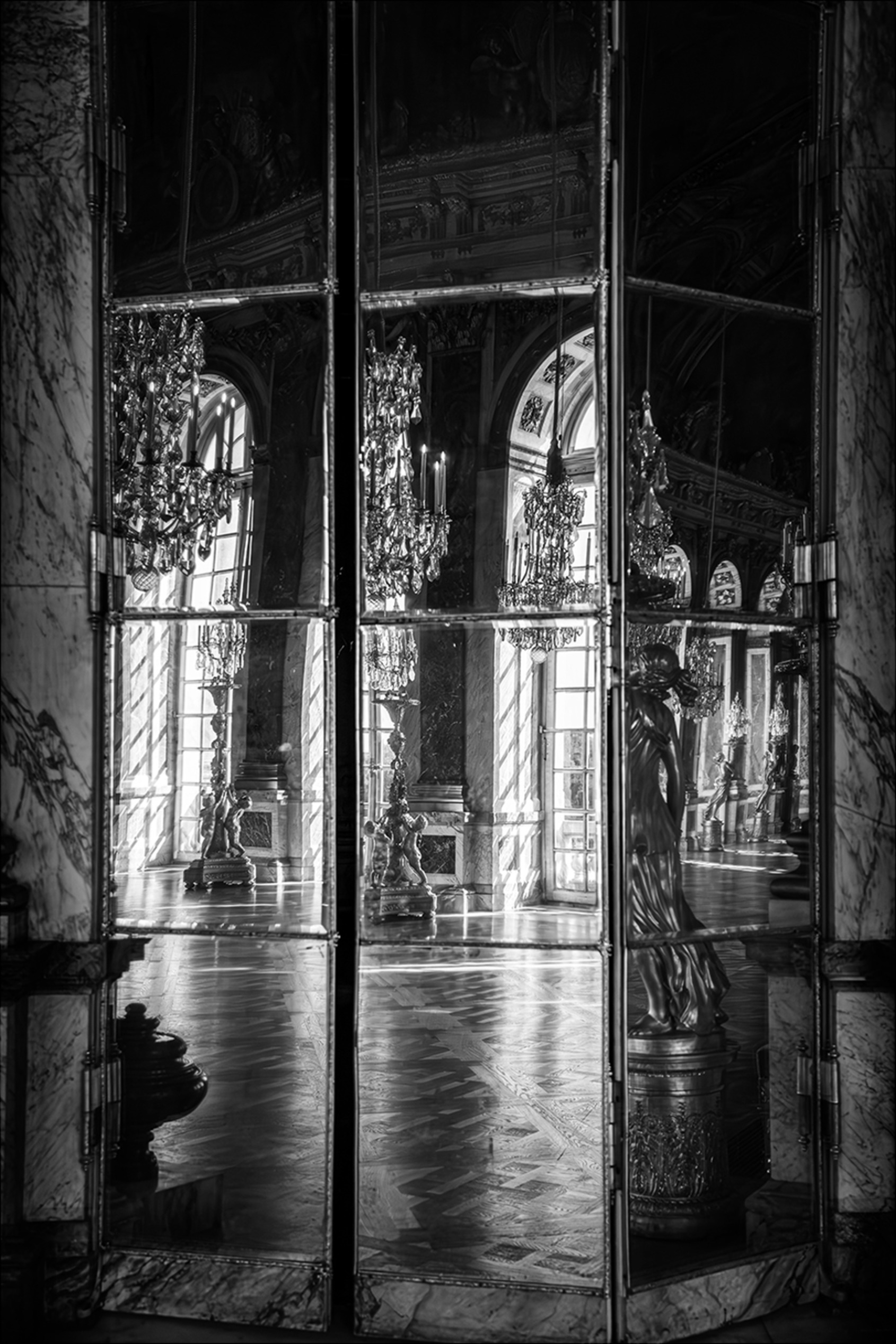
'In Praise of Shadows | Château de Versailles' © Yasumichi Morita/Château de Versailles
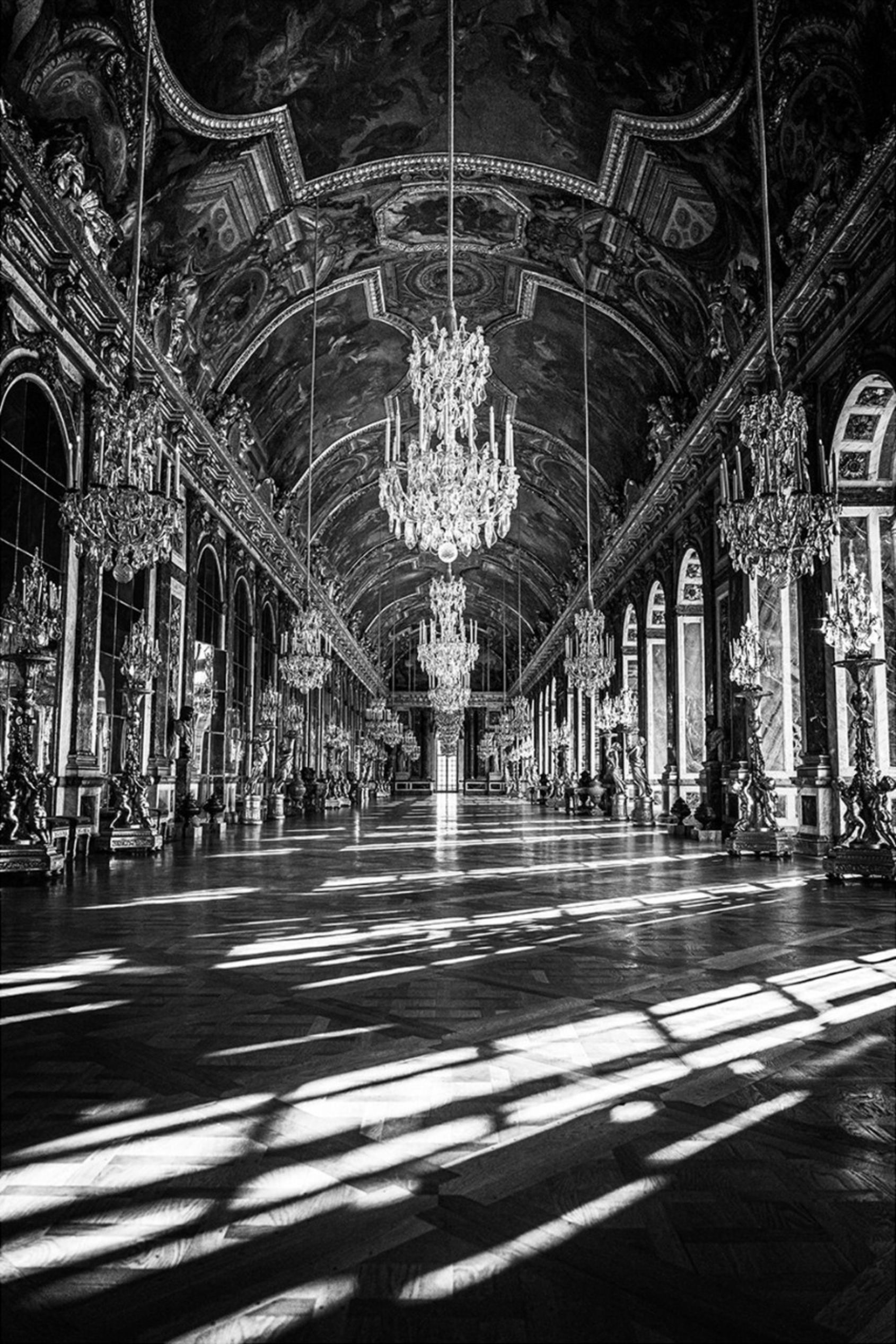
'In Praise of Shadows | Château de Versailles' © Yasumichi Morita/Château de Versailles

'Porcelain Nude' © Yasumichi Morita
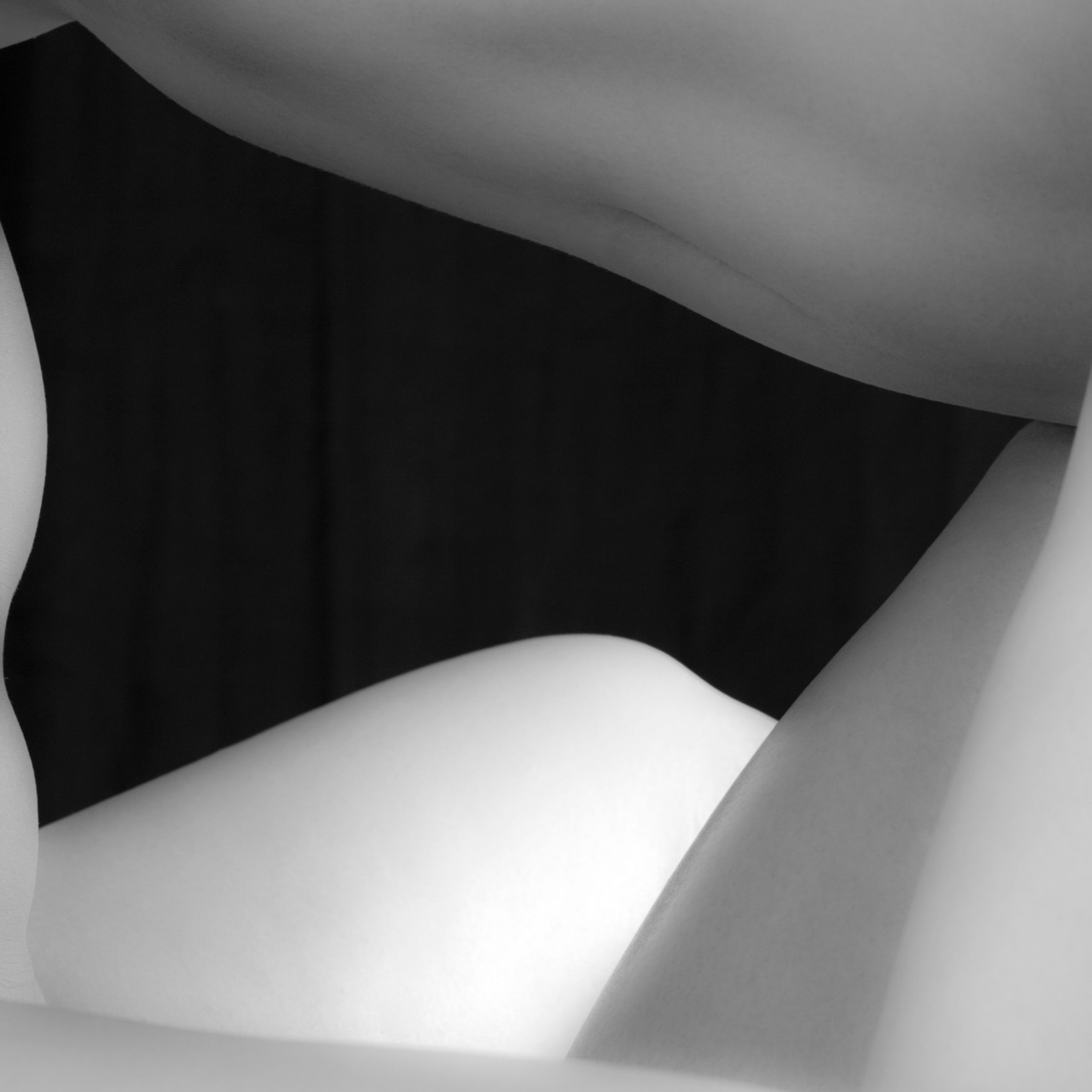
'Porcelain Nude' © Yasumichi Morita
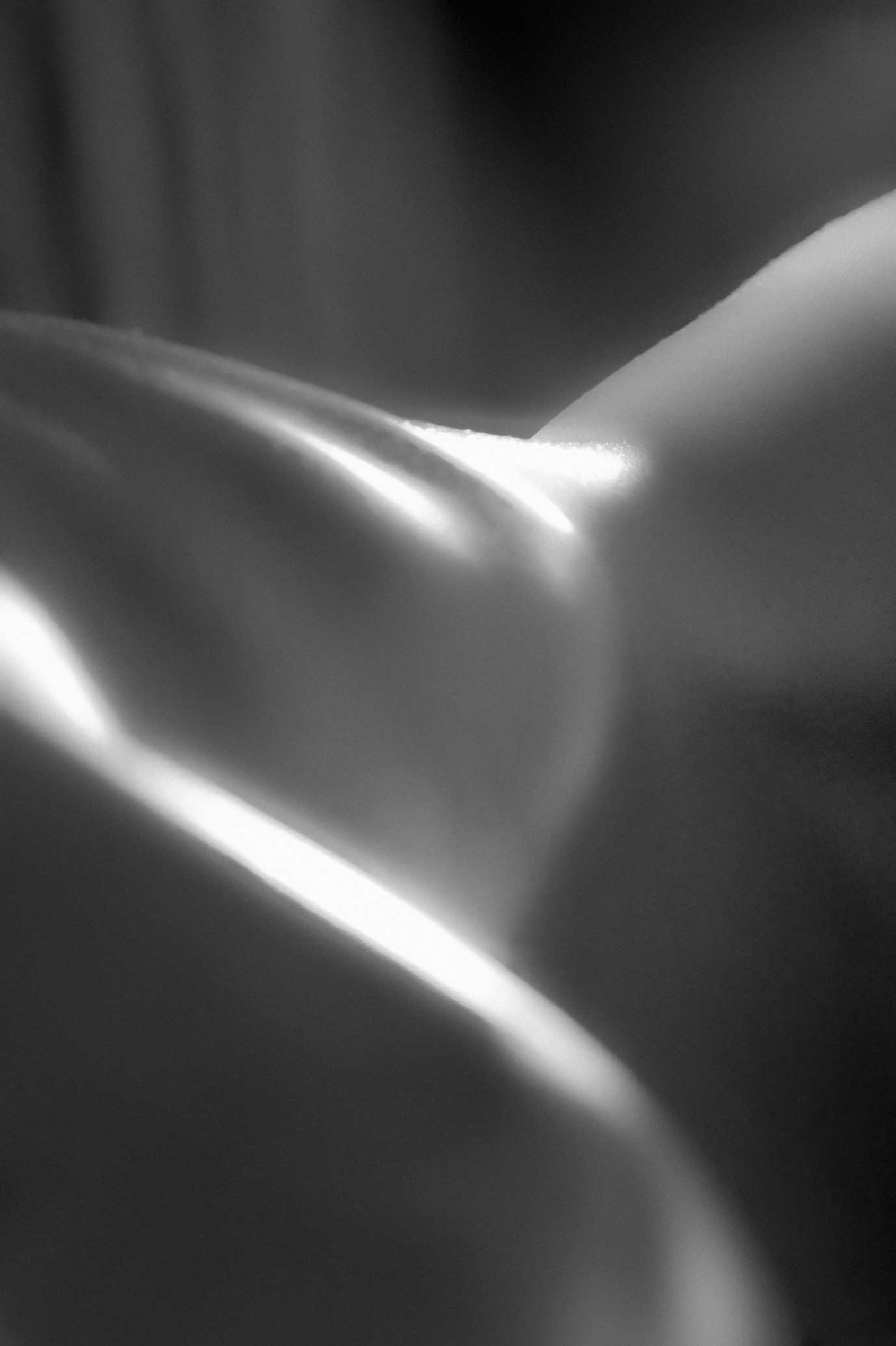
'Porcelain Nude' © Yasumichi Morita